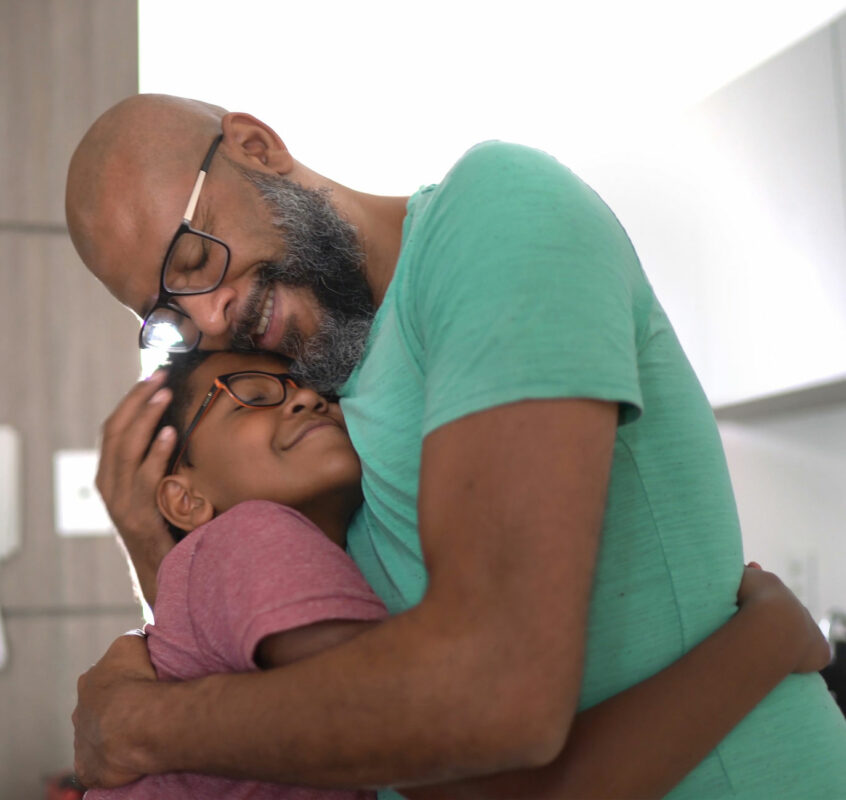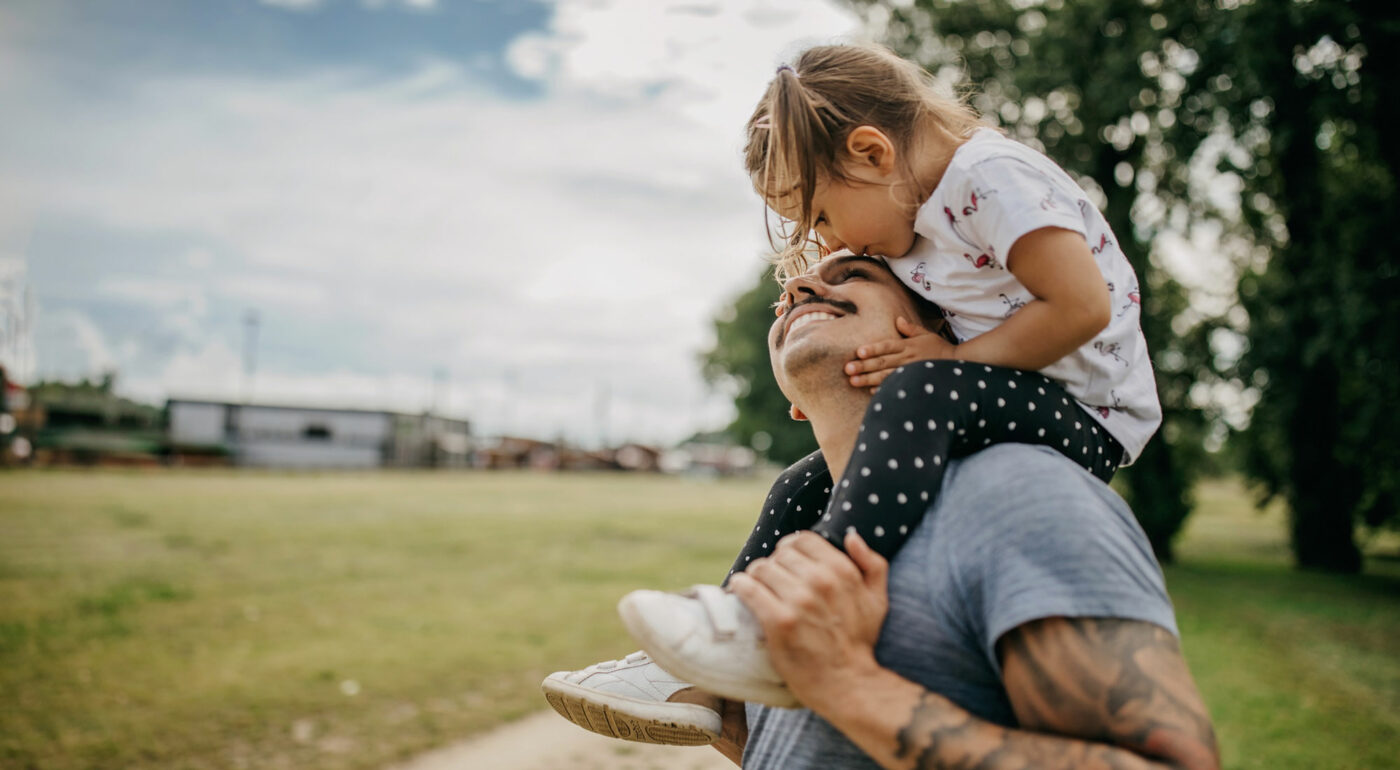By Wesley Gallagher
Childhood is a delicate and formative time, and children need loving, nurturing environments in order to develop and flourish. Unfortunately, many children experience various forms of adversity and trauma, which research shows can have long-term negative effects on development. Thankfully, there are factors that can mitigate the effects of adverse childhood experiences, and parents, particularly fathers, can play a big part in these protective measures.
What Are Adverse Childhood Experiences?
Adverse childhood experiences (ACEs) are potentially traumatic experiences that occur in childhood. According to the Centers for Disease Control and Prevention (CDC), examples of ACEs include the following:
- Experiencing violence, abuse, or neglect
- Witnessing violence at home or in the community
- A family member attempting or dying by suicide
- Substance use problems in the household
- Mental health problems in the household
- Instability due to parental separation or incarceration of a parent or relative
What Effects Do ACEs Have On Children?
Adverse childhood experiences have a range of cognitive, behavioral, and emotional effects on children. According to a study in the journal Neuropsychopharmacology, children with ACEs show neurodevelopmental alterations in the brain that increase the risk of cognitive and emotional maladjustment. This study found that not just brain function, but brain size, can be affected by ACEs.
In essence, adverse childhood experiences have long-term and far-reaching effects on children.
According to a study published in the American Journal of Preventive Medicine, ACEs have a positive correlation with health risk behaviors and diseases in adulthood. For instance, respondents in the study who reported four or more ACEs were four to 12 times more likely to struggle with alcoholism, drug abuse, depression, and suicide attempts than respondents who reported no ACEs. They were two to four times more likely to smoke and have poor health, more than 50 sexual partners, and STDs. And they were 1.4 to 1.6 times more likely to struggle with physical inactivity and severe obesity. Risk of diseases like heart disease, cancer, lung disease, skeletal fractures, and liver disease also went up as the number of ACEs went up. Sadly, these risk factors are many of the leading causes of death in adults.
In essence, adverse childhood experiences have long-term and far-reaching effects on children. So what can be done to prevent and protect against ACEs? That’s where the power of dad comes in.
The Power of Dad in Combatting ACEs

Fortunately, ACEs are preventable, and the effects of them can be mitigated. The most important protective factors come down to a safe, stable, and nurturing home environment.
The US’s Child Welfare Information Gateway lists six protective factors against ACEs:
- Nurturing and attachment
- Knowledge of parenting and of child and youth development
- Parental resilience
- Social connections
- Concrete supports for parents
- Social and emotional competence of children
It’s impossible to overstate the importance of a father’s influence when it comes to these protective factors. A father who provides nurturing and unconditional love to his children sets them up for protection against ACEs, as well as resiliency for when they experience adversity.
A group of dads in Louisiana proved the power of a father’s influence not just in the home, but beyond it. Fighting and arrests had been escalating at their kids’ Shreveport high school for some time, with one week in particular tallying 23 students arrested in three days. CBS News reports about 40 fathers formed Dads on Duty and started taking shifts spending time at the school. They helped maintain a safe and positive learning environment just by having a presence in the hallways, greeting kids in the morning, and offering plenty of dad jokes throughout the day. As a result, the school saw an immediate decrease in incidents. This goes to show that dads are uniquely positioned to protect their children, and others’ as well, against trauma and its effects.
How Can Children Heal from ACEs?
While preventing ACEs is obviously ideal, the reality is that most children will experience adversity and trauma at some point in their childhood. Fortunately, the same protective factors that can prevent ACEs can also help children heal from them. With continued loving relationships and nurturing home environments, as well as social and emotional support, children are resilient enough to heal from trauma and escape many of the long-term negative effects that commonly occur.
With continued loving relationships and nurturing home environments, as well as social and emotional support, children are resilient enough to heal from trauma and escape many of the long-term negative effects that commonly occur.
Therapy can be extremely beneficial for overcoming and healing from ACEs. The NeuroAffective Relational Model (NARM), developed by Meadows Senior Fellow Dr. Laurence Heller, is specifically aimed at treating ACEs and their long-term consequences. This form of psychotherapy addresses the survival mechanisms people create in response to attachment, relational, and developmental trauma. While survival tactics serve an important purpose during and directly after trauma, as they persist into adulthood they actually begin to sabotage our ability to connect with our authentic self and with others. By getting to the root of survival mechanisms and identity distortions created by ACEs, the NARM model works to heal the capacity for connection and regulation that was damaged by childhood trauma.
The Meadows Texas offers this and other therapeutic techniques to help you work toward holistic healing from all forms of trauma, whether childhood or another kind. If you or someone you love is struggling, we would love to help you get started on the path to recovery. Reach out today to learn more.

